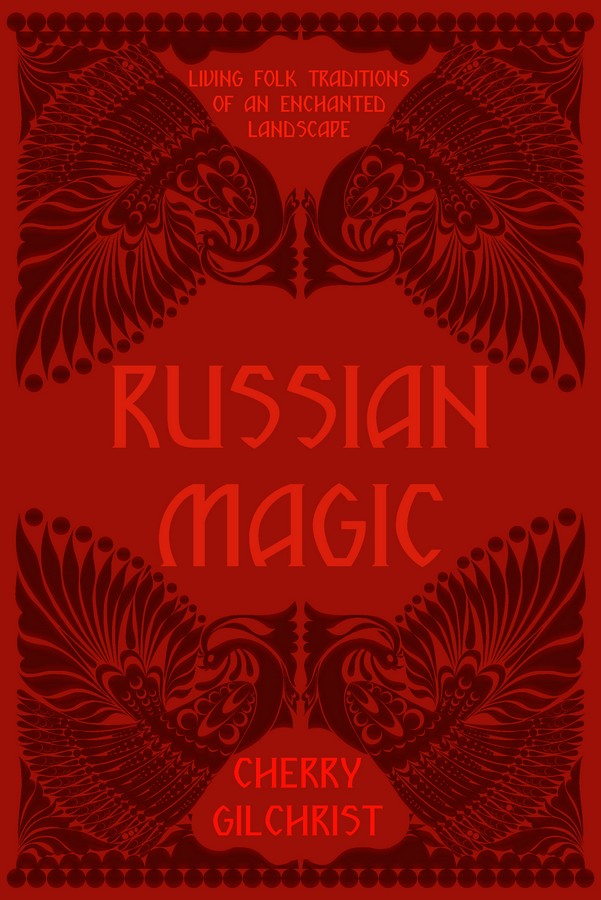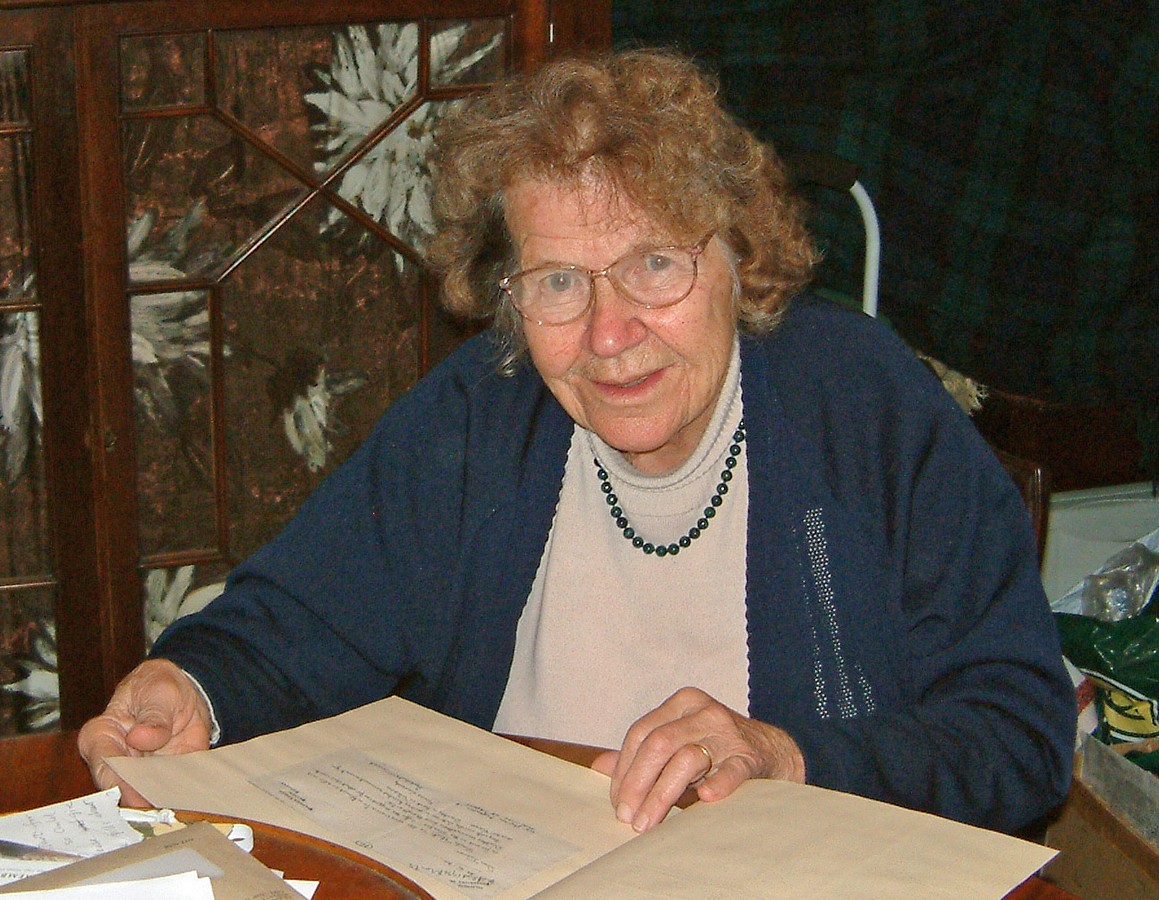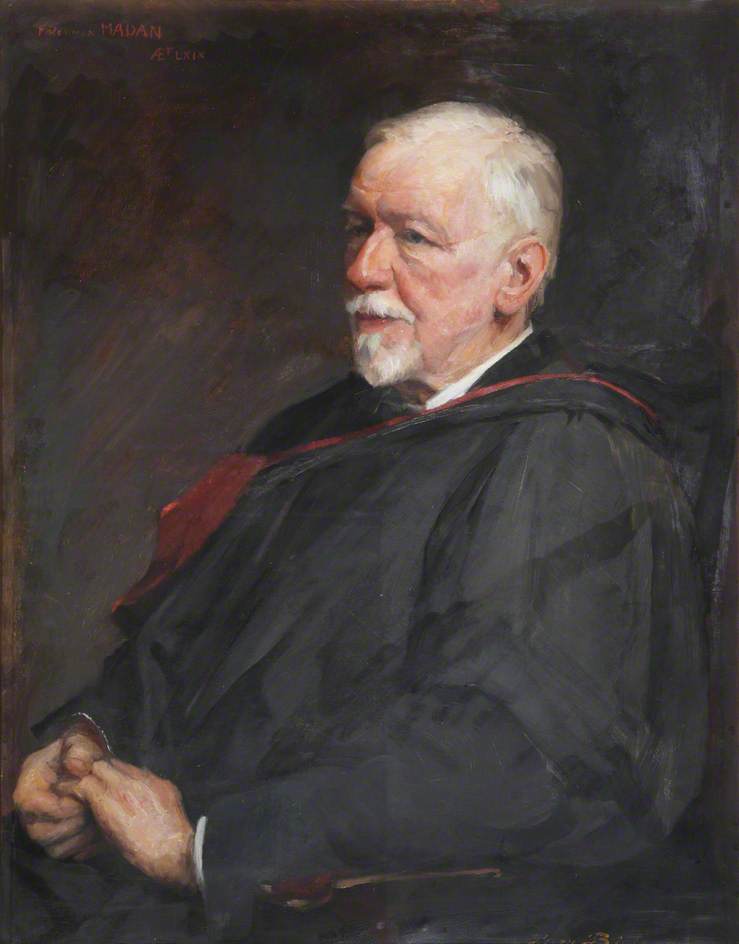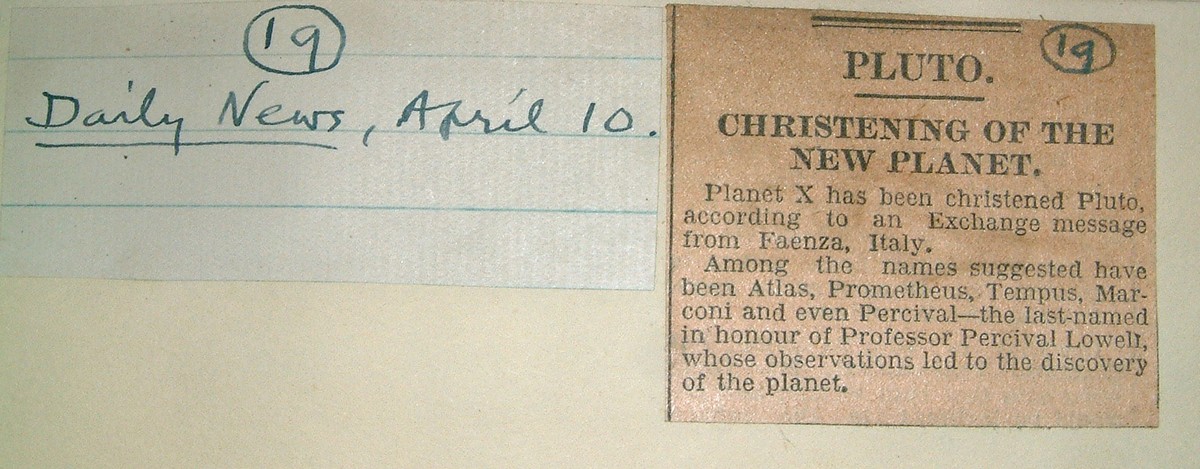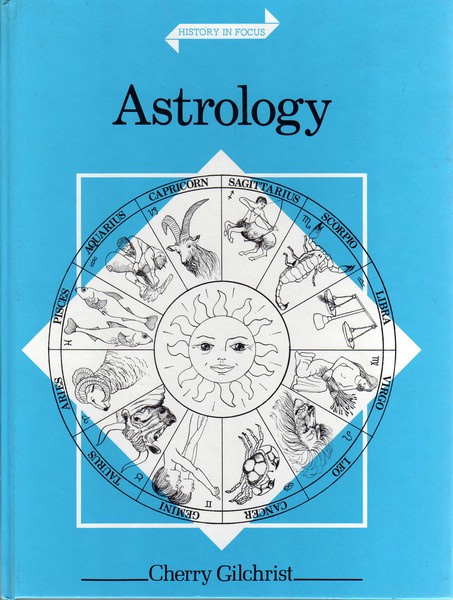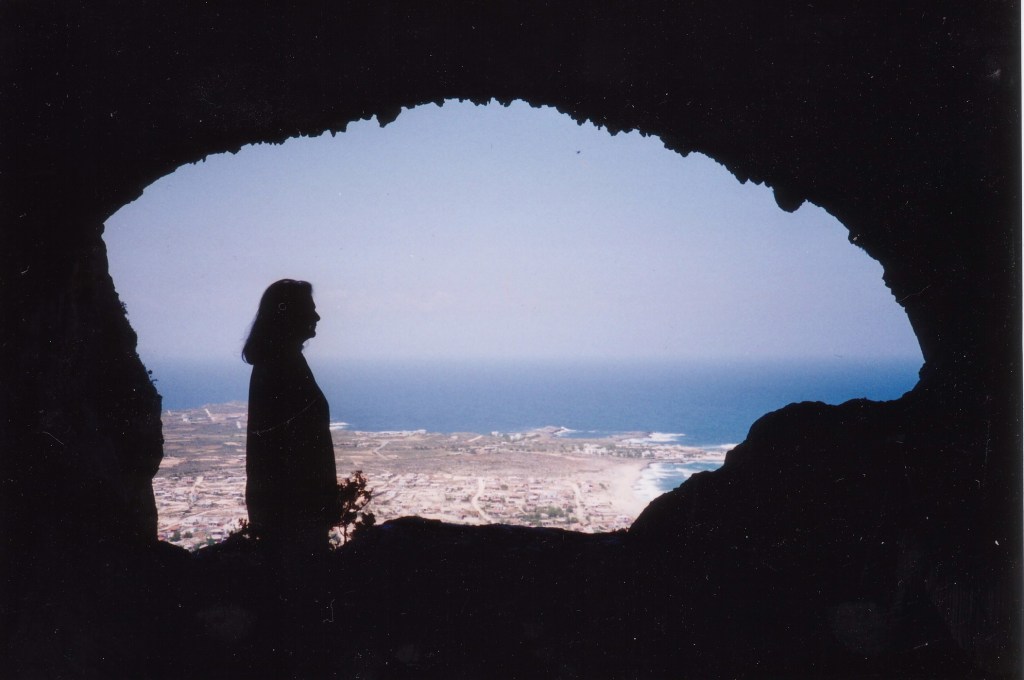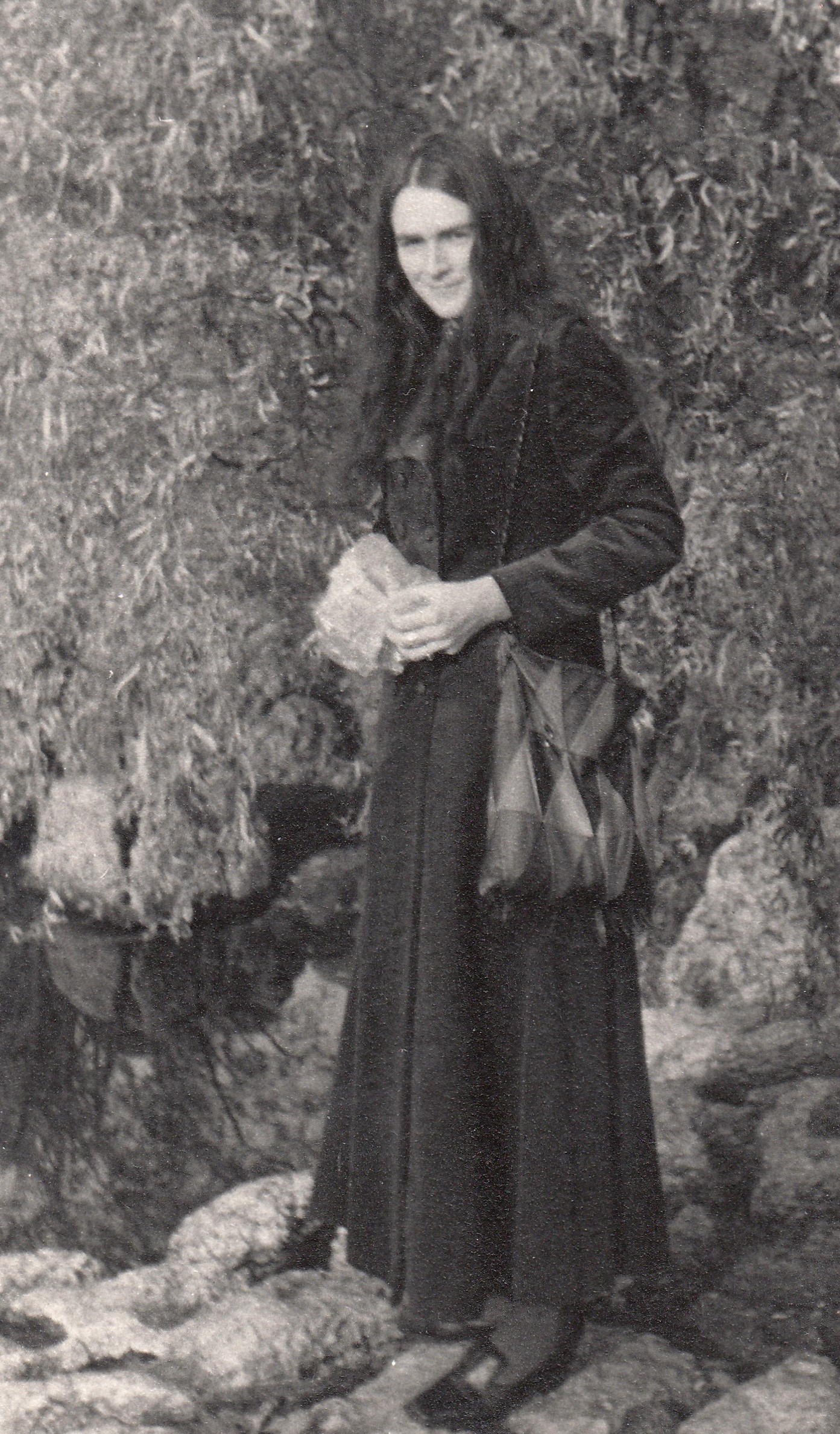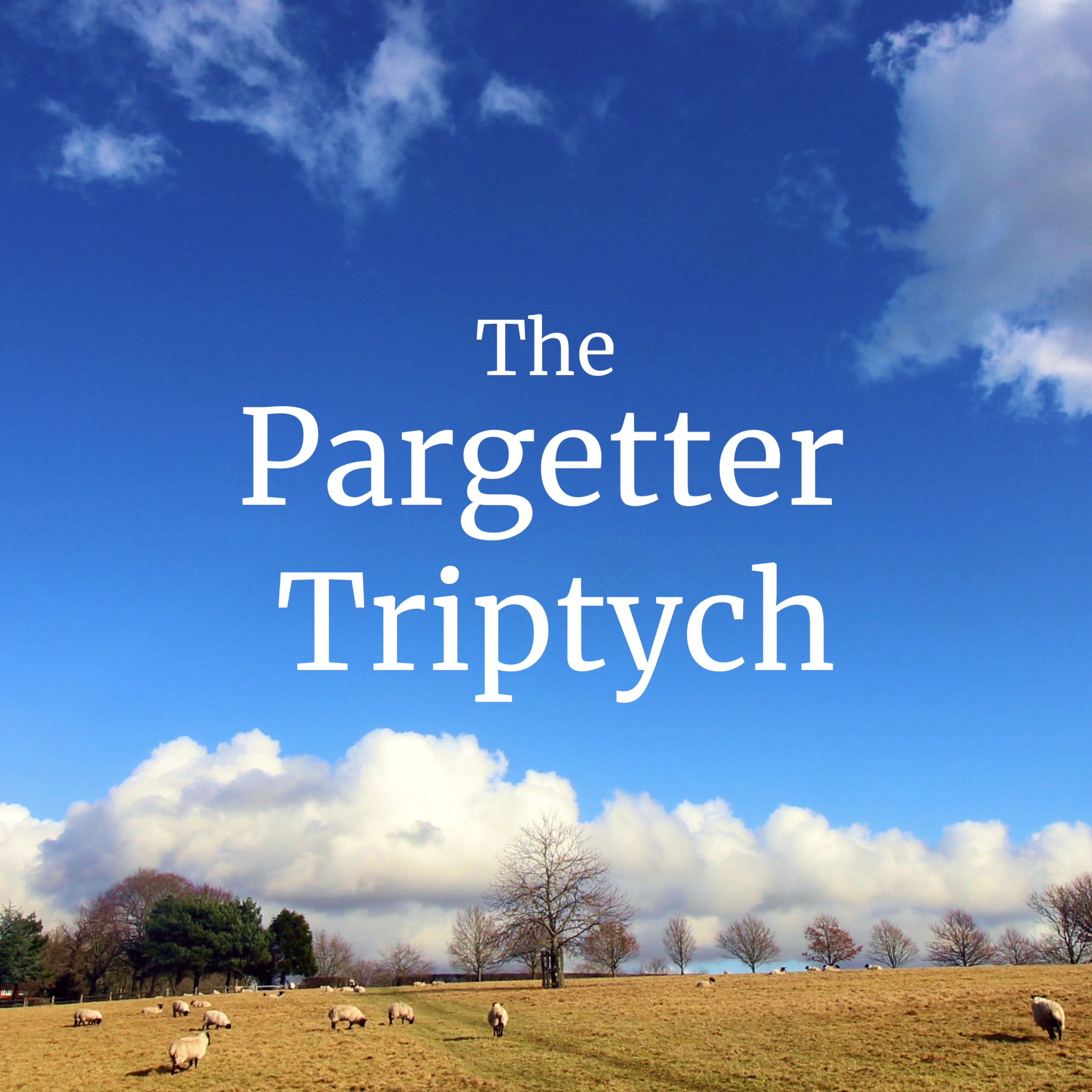In August, I featured posts about Russia, based on my travels and studies there. Here, we are back to Russia, but in a very different way. This story is from an unforgettable trip which I made to Siberia in 2004, travelling to the regions of Tuva and Khakassia. One of the most fascinating encounters that I had was with a traditional Siberian shaman, Herel. This is a shortened version of the article I originally wrote for ‘Quest: The Journal of the Theosophical Society in America’ (Winter 2017).

The first beats of the shaman’s drum were resounding, starting slowly but quickly mounting in intensity. I was transported, in spirit at least, back to Siberia from my home in Devon. But then came the sudden roar of a helicopter overhead, completely obliterating the sound I was listening to on the recording. I clicked on the pause button, and peered out of the window. A large army helicopter was circling right above me, barely skimming the rooftops of the town. Its presence felt incongruous, and menacing. But was it? Had I perhaps inadvertently invoked a shamanic presence, as I played the recording of the ritual in my study? After all, it is said that shamans can fly.
This particular recording was of a ritual that took place in 2004, in the far-off province of Tuva, Siberia. It was a consultation I had there with Herel, a local shaman. In fact, this was the first time I had ever played back the recording. I couldn’t bring myself to do so earlier –it might have seemed artificial, and dilute the experience while the power of that occasion still burned bright in my mind. But now, twelve years later, the time was right, and I was ready to listen and reflect. When the helicopter finally departed, as quickly as it had come, I immersed myself again in the drum beats and chanting. I sensed that I was sliding into a different world, eerie and disorientating in one way, but a place where reflection and calmness were also possible. However, the visceral sound of helicopter remained imprinted on my senses, a reminder that this meeting with the shaman had been a powerful experience, and one that, perhaps, was not quite over yet.
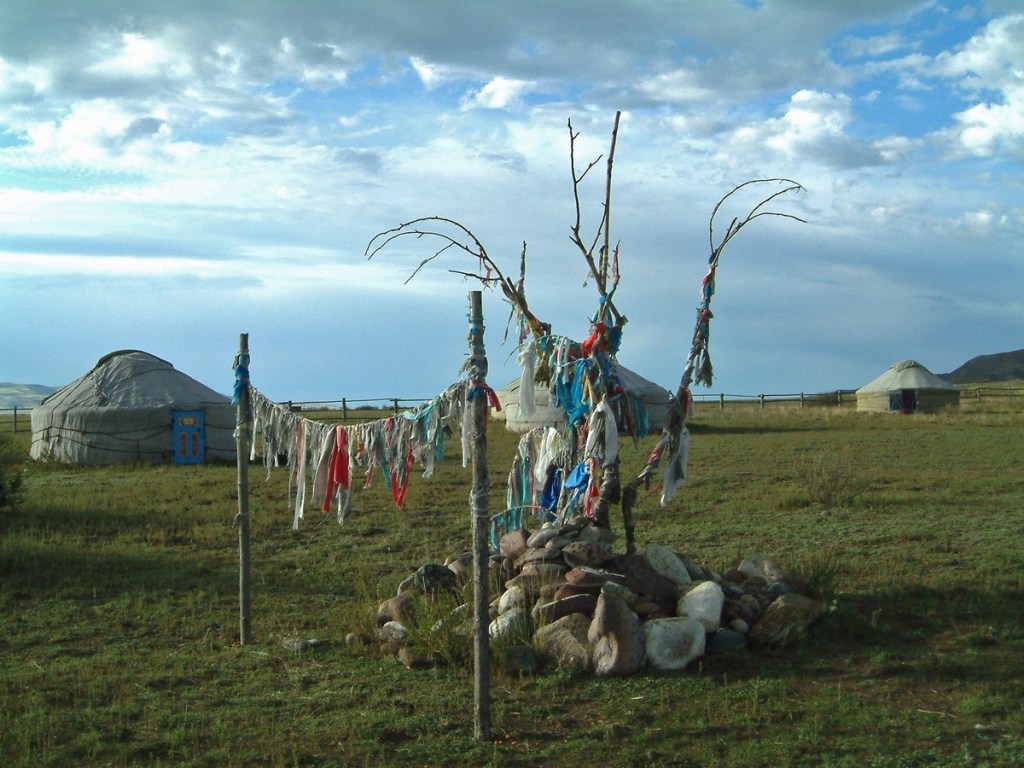
My own spiritual path has led me deep into the heart of the Western hermetic tradition – in particular Tree of Life Kabbalah, alchemy, Tarot and astrology. At the time of my trip to Siberia, I was certainly interested in shamanism, but in a cautious, anthropologically-orientated way. I was wary of the contemporary enthusiasm for taking up shamanism. This provoked questions for me: is it possible to practice shamanism in a modern Western context? Does it require its own traditional culture, for authenticity and indeed safety? Many serious studies of shamanism emphasise what sacrifice is required from true shamans. Physical ordeals, renunciation of normal life and exhausting, risky encounters with the spirits, are part of the job description, in the efforts to help and heal others.
In a traditional context too, the shamanic path is not one that you can choose on a whim. Usually the shaman shows signs from childhood that this is his or her potential destiny. Having a parent or relative may pre-dispose one to be a shaman, but this is not guaranteed. Herel told me that although both he and his wife were shamans, only one out of their five children was possibly a shaman in the making. The signs were there at her birth, as the weather changed dramatically, from thunder and lightning to sunshine and then snow. The heavens were pointing a finger to her ability, which was now manifesting in later childhood through significant dreams, and encounters with spirits.

I came to Siberia seeking answers to my questions about shamanism: can it be practised, or truly experienced by anyone not of that traditional culture? I had no doubts about its power, only whether it could survive in a modern world, without losing its identity as a genuine spiritual practice. By 2004, I had visited Russia nearly sixty times. I ran a Russian arts and crafts business; I had studied Russian traditional folk culture, learnt the language and mixed freely with people in cities and countryside. But I was keen to find an even older culture, to witness practices which go back thousands of years, and which may be the source from which much Russian folk tradition itself has evolved. Siberia has a living, truly ancient culture; the majority of its people are ethnically different from Russians, and its primary religions are shamanism, and Buddhism.
I travelled with writer friend Lyn Webster-Wilde, visiting the fabled lands of Tuva and Khakassia, along with the Sayani Mountains. Our trip was an organised journey of exploration with a small group of Russian travellers. We went in the warm summer months, when the forests were in full leaf and mountain pastures were studded with alpine flowers. We traversed landscapes that had remained largely untouched since the Bronze Age, including sweeping grasslands studded with standing stones and stone circles, like an airbrushed version of the Wiltshire plains. In Khakassia, we saw Bronze Age carvings and pictograms on rocks still relevant to the customs of local people today –of the magic elk, for instance, who they say leads souls to the underworld. Shrines set up to spirits of the land were abundant, and ancient ceremonies of purification and healing were still carried out at important ritual points in the landscape. This was the landscape of shamanism in southern Siberia, that as far its people are concerned, is still a spiritual, magical terrain.
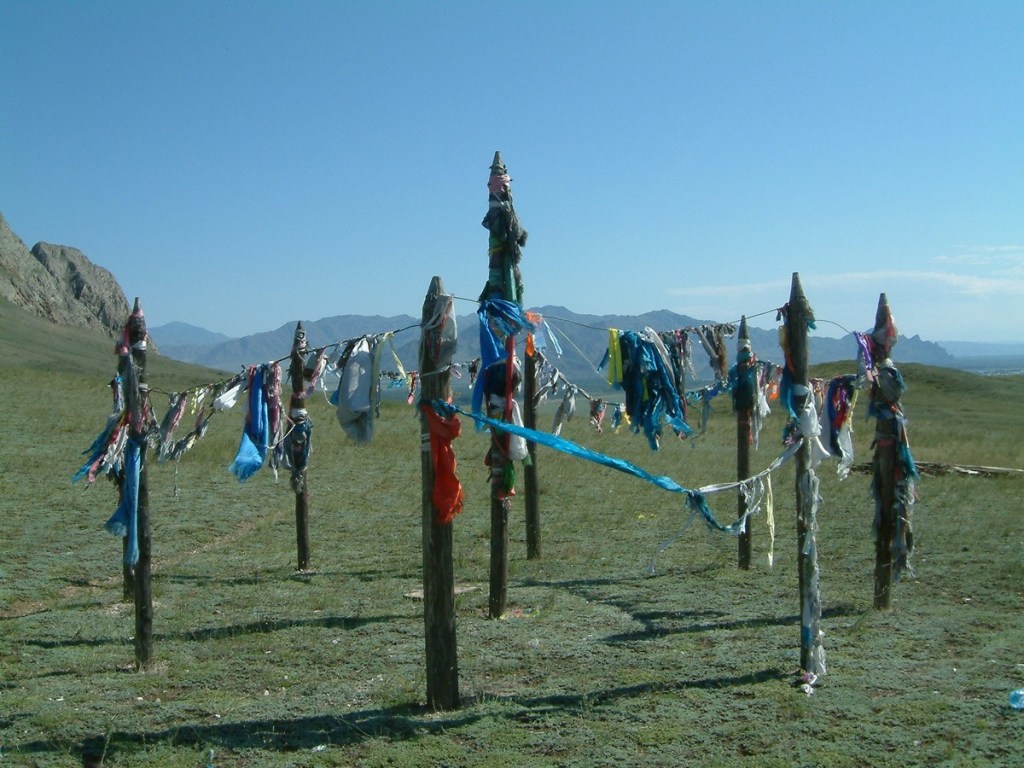

When we arrived in Kyzil, the capital of Tuva, we were put up at a nearby yurt camp, and then taken into the town itself. Here there is a monument that, allegedly, marks the Centre of Asia. It is also home to the shamans ‘clinic’. This is where approved and regulated shamans are allowed to practice. It might sound contrary to the spirit of shamanism, with its allegiance to nature, to fires and skies and a freedom of movement. However, Tuvan shamanism is in recovery after brutal suppression by the Soviet regime– many shamans throughout the whole of Siberia were murdered or dispossessed. In that era, some were even thrown out of aeroplanes with the cruel taunt: ‘You shamans say you can fly! Let’s see you do it, then.’ The tradition was severely depleted, but it was not lost, and is making a strong comeback. To a certain extent, though, it still has to work in co-operation with the authorities, hence the ‘clinic’ set-up. And these shamans certainly practice outdoors as well. They have special gatherings at sacred mountain sites, and as we shall see, our shaman Herel came to our yurt camp with his wife the following evening to perform a ceremony of blessing.
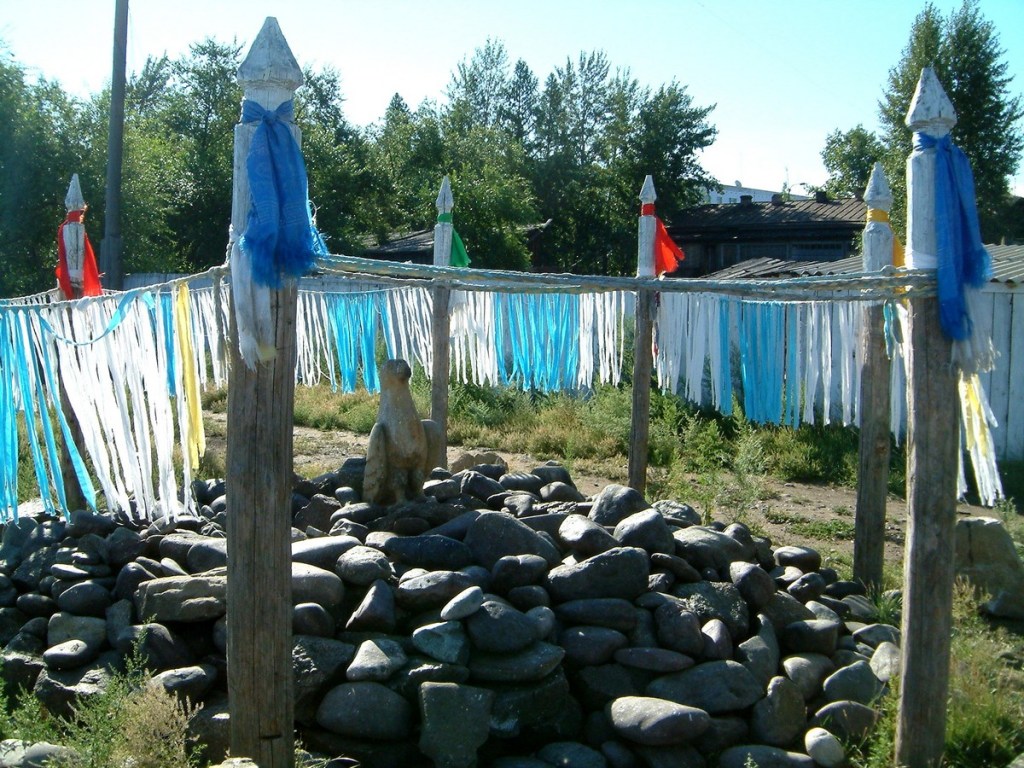
The consultation
From listening to the recording, from my notes written at the time, and from the vivid recollections that I still carry, I now offer an account of the session with Herel, the Tuvan shaman.
So now our group sits in Herel’s consulting room, which is filled with feathers, ribbons, ropes, bones, plaques, a reindeer head, a horn and bells. They hang from his walls, a chaotic clutter of ritual paraphernalia, rather in the way that strips of cloth or leather hang from the traditional shamanic costume itself. He shows us some of the tools of his trade, and how they work. His is a hard calling, he admits. His own speciality is purification and divination, whereas his wife specialises in healing women’s ailments.

At the end of the talk, he asks if anyone would like to have a personal session with him. I alone say yes. I’ll pay the price he asks – higher for visitors than for locals, I’m sure, but he has to make a living, and I don’t begrudge it. Later, Ira our young guide tells me that from all the groups she has brought to this place, I am the only person who has ever opted for a private consultation. This surprises me, but she adds that Herel is the very best of the shamans she has encountered, and a man of compassion; some seem aggressive, and the quality, she implies, is variable.
Lyn and Ira stay. Ira needs to translate for me. I speak good Russian, but Herel’s accent is thick and guttural, as it is probably his second language. Lyn makes a recording, her earlier BBC training coming in handy.
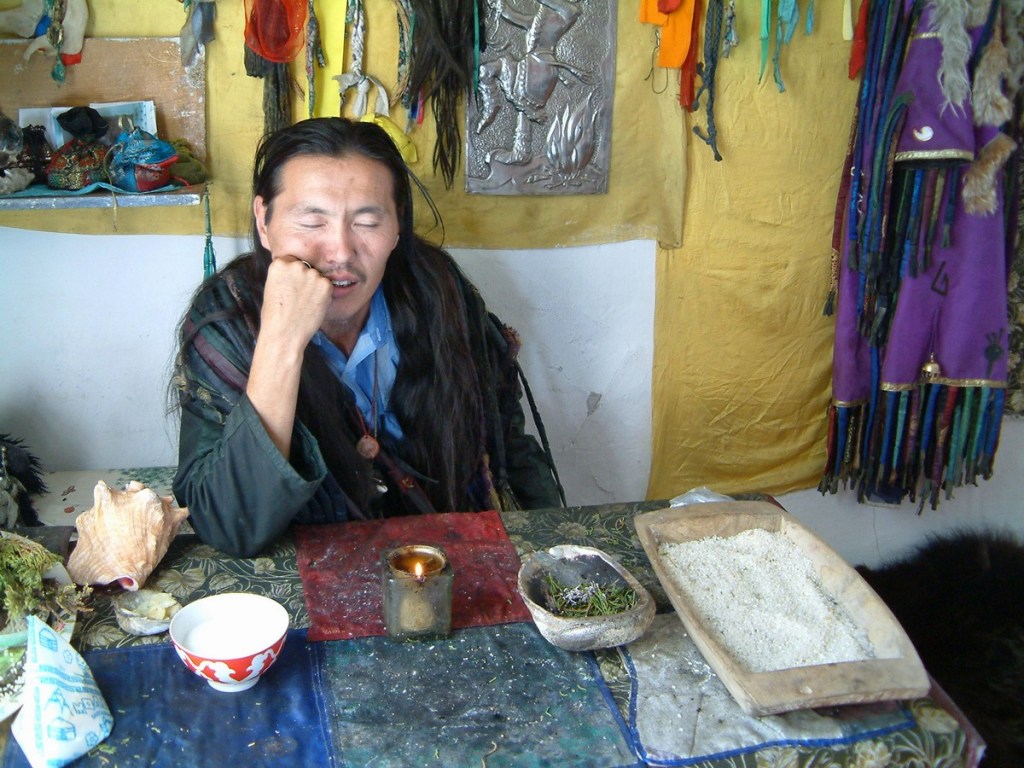
Herel dons an eagle headdress and tells me to sit on a bear skin in the centre of the room. ‘Raise your hands,’ he says, as he passes burning juniper around my body. ‘While appealing to the spirits, I’ll ask them to take your worries and bad feelings out of you, and I’ll ask them to make your future road happy.’ He tells me to shut my eyes, and bids me not to be afraid. Let the tears come, he says. Tears often fall during an encounter with the spirits. And indeed they do. I am moved, and emotionally exposed during this session, though I am neither afraid nor unhappy. Herel dances around me, drumming and chanting, creating a kind of beehive of sound and movement around me. I feel that I am in a magical chamber, in a different dimension of space and reality.
The ritual is constantly changing. I have the impression that his chants and cries are a dialogue with the spirits, as they shift in tone and intensity. Phases of the session peak, and then fall away into silence. A new one is heralded by the blow of a conch shell, or jangling of bells. Suddenly, he thumps my shoulder with a bear paw – it’s a shock. Later, he pulls back my Tshirt and spits down the back my neck. Curiously, I don’t mind this a bit. He even uses a whip on me several times, but it is never painful. I write down later that this is ‘stimulating and pleasant’, rather like using a switch of birch leaves to beat your body in a Russian bath. At the end of each section, he blows away the psychic ‘debris’ and sends it out of the door. I am in a different time zone, and have no sense of how long the treatment lasts, although Lyn tells me later that it is about 15 minutes
He mentioned at the start of the session that I have an obstruction in my left shoulder. ‘You are worrying about something. I’ll take it out of you.’ Curiously, at this point I have had several years of problems with my right shoulder, and already recognise that is probably stress-related. I can see now that if one side of the body is numb with some emotional weight or obstruction, then it’s the other side that may take the strain and display the symptoms. After the session, Herel says that he has succeeded in asking the spirits to relieve me of this. Next year, he tells me, will be more normal, and that I will start to be happy again, after going through a little more personal suffering first.
We conclude with three measures of advice. He tells me that I may come again next year, if I wish. But if I don’t, I can connect to him at a distance; he is able to sense people he has treated, and can help if needs be. He gives me a ‘spirit bag’, a little bundle of cloth tied up with cord, and tells me that I should feed it three times a week with oil or melted butter. It is my talisman, to connect me to the power of the session, and I should take it with me if I am travelling or am away on business. He also advises me to contact the spirits of place where I live – the spirits of the hills, trees and streams. After this session, he says, I will be able to do this. That’s if I have such spirits in my homeland. (The aftermath, of how I endeavoured to put this into practice, is omitted here for reasons of length.)

The next day, Herel and his wife arrive at our yurt camp to conduct a ceremony to promote the well-being of everyone there. They come as the light begins to fade, preparing the space carefully, setting the fire and arranging little balls of dough to mark out the territory for the ritual. Once the fire is blazing, they don full costume and invite everyone to sit in a large circle. I am still bathed in my impressions from the day before, and the difference between the two occasions strikes me strongly. This one is open to all comers; it has resonance and power but not, to my mind, the concentrated force that I experienced in my session.

Herel and his wife are dealing with a big mix of people, from earnest Japanese tourists to young Australian surfers, since the camp is used by various travellers passing through the area. Some of them have never even heard of shamanism, and are nervous, or giggle loudly at this unfamiliar ritual. At one point, Herel passes around the backs of everyone in the circle, giving some of them a thump with his bear paw, though never as hard as he clouted me the day before. I wonder if they realise that they are actually being offered a precious nugget of healing, or blessing, or insight? I have a video of this ceremony though, and even viewing it ‘cold’, a long time later, it is compelling, and there is an unearthly quality to the chanting and singing of the shaman pair. I do not know exactly what the sounds mean, though it certainly sounds at times as though they are in conversation with spirits.

One study of shamanism mentions that Tuvan shamans simulate bird and animal calls to express particular emotions: that of a raven to curse an enemy, a cow to call up rain, a wolf or eagle to frighten people, a magpie to uncover a lie, a bull to demonstrate power, and a bear to convey rapture. (Shamanism: An Introduction, Margaret Stutley, Routledge, London 2003) The horse has special properties in many branches of Siberian shamanism; it is a creature that can fly the shaman to the spirit world. The bear, hare and eagle are also particularly important in Tuvan shamanism.
I suspect that the eagle is Herel’s own spirit guide, although – understandably – he refuses to tell us what kind of creature it is. During my individual session with him, I ‘saw’ an eagle.
My notes say: ‘Just the head, neck and shoulders were visible. It was quite clear and communicating with me – intelligent.’

When the ceremony ends, the mood is peaceful. The daylight has not quite gone and unexpectedly, the sky brightens and I look up to see a cloud in the shape of an eagle just overhead. Am I imagining it? No, it is there when I look on the video later. Curiously enough, this video will give me a lot of trouble; I discover that the original mini-tapes are jammed, and only after various professional companies refuse to try and repair them do I find one local man who is prepared to have a go. Luckily, he succeeds in transferring the whole recording to DVD. As I said at the beginning. strange things do happen when shamanic forces are in action.
On a lighter note, after the evening’s ceremony is over, I pick up some of the balls of dough used by the shamans, and take them back as souvenirs to the yurt that Lyn and I are sharing. I hang them in a cloth bag from the end of my bed, for want of anywhere better to put them. That night, I sleep peacefully. Lyn, however, is awake for hours, disturbed by the sound of a mouse that has detected the presence of tasty titbits and is trying all kinds of ways to reach the prize. Scuttlings, rustlings and chewings ruin her night’s sleep. The next morning, when we relate this light-hearedly, to one of our fellow Russian travellers, he takes it very seriously. ‘No, that was not a mouse!’ he pronounces solemnly. ‘That was a rival shaman come to steal the power of our shaman.’ A little far-fetched, perhaps? But there again, if I am claiming that an army helicopter might be a shaman in disguise, perhaps my ideas are no stranger than his.

As is often the way, my initial questions about shamanism gave way to a different perspective on it. My trip to Siberia, rather than achieving solid answers, showed me that shamanism is a living tradition that cannot be completely pinned down. It is in essence a shape-shifter, and will ebb and flow, finding different forms in different cultures.
I have come to realise that such a development is more important than an anxiety about inappropriate use of shamanism in other cultures, or the blurring of boundaries and nomenclature in academic studies. As Tim Hodginkson, anthropologist and musician, and former student friend of mine at Cambridge, says in his excellent papers, (see link below and Related Reading, below) shamanism is itself improvisatory. It deals with the circumstances as they are; it responds to very particular configurations of place and time.
And each of us may discover something different within its practice. Meeting the shaman gave me not just insight into the tradition itself, but a very specific outcome: it invigorated three of my major passions: the power of music and sound, the power of nature, and the world of ancestry.

Related Reading
Russian Magic: Living Folk Traditions in an Enchanted Landscape, Cherry Gilchrist, Quest 2009 and e-book edition Lume 2019
Siberian Shamanism: The Shanar Ritual of the Buryats – Virlana Tkacz with Sayan Zhambalov and Wanda Phipps
Shamanic Voices: The Shaman as Seer, Poet and Healer, Joan Halifax E.P. Dutton, New York 1978
Shamanism: An Introduction, Margaret Stutley, Routledge, London 2003
Shamanism in Siberia, V. Dioszegi & M. Hoppal (editors), Akademiai Kiado, Budapest 1978
The Shaman: Voyages of the Soul, Piers Vitebsky, Duncan Baird, London 1995
Transcultural Collisions: Music and Shamanism in Siberia, Tim Hodgkinson. Paper given in 2007 at SOAS, London; available on Tim Hodgkinson’s website.
Related books by Cherry Gilchrist
You may also be interested in ‘The Moon Meditation of Kuan Yin’


